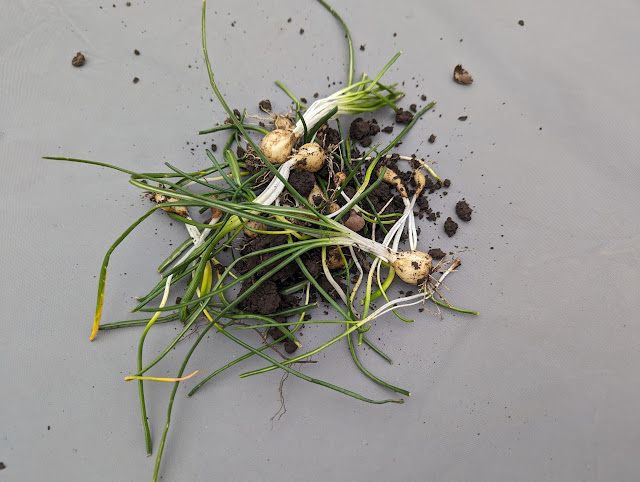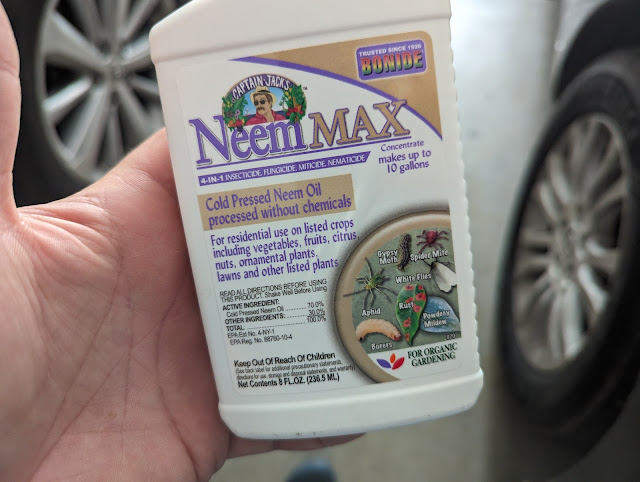Sudden Decline on Dahlia - Wilting - September 2025

I walked out to the back and noticed that one of our dahlia plants is in RAPID DECLINE. I mean...rapid. It went from (I'm pretty sure) totally healthy what you see in the photo below overnight. It is wilted with very little rigidity in the plant everywhere. This happened before in this bed, but the dahlia recovered very quickly. What I figured out (then) was that the poor soil conditions (this is a ton of clay) along with a period of heavy rain caused the tubers to drown and become overwatered. Is that what is happening here? Or is it a pest issue like spider mites? Or, something else. Like a disease? I'm treating this two ways (right now). First...I dug up some of the soil around the tuber to try to help dry out the clay and let the tuber breath a little bit. See below: Second, I'm seeing some tiny webbing (and what I think are Spider Mites) near the top of the plant. So, I've applied a heavy dose of mite-icide to ...


















